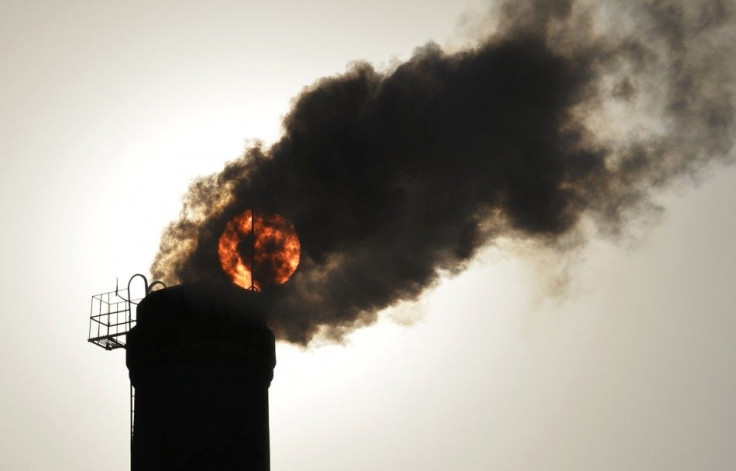Global Warming Alert: Scientists Find Three New Dangerous Gases in the Air

Three new gases have been discovered by scientists to be present up there in the atmosphere that could exacerbate the rate of the world's global warming status.
The gases were two new chlorofluorocarbons (CFCs) and one new hydrochlorofluorocarbon (HCFC), according to scientists at the University of East Anglia (UEA) in the UK.
Moreover, they claimed the gases were man-made. Their research is published in the journal Atmosphere.
"Where these new gases are coming from should be investigated," Climate News Network quoted Corinna Kloss, who undertook the research while at UEA and is now at the Jülich Research Centre in Germany, said. Possible sources include industrial solvents, feedstock chemicals and refrigerants.
Comparing samples of today's air with those collected in the unpolluted air of Tasmania between 1978 and 2012, and samples taken during aircraft flights, scientists said they found two of the new gases have reached the atmosphere in recent years.
Johannes Laube, from UEA's school of environmental sciences, said the three gases have lower concentrations they believed were unlikely to threaten the ozone layer. The concentrations of all three newly-discovered gases were about one-tenth of those found in March, Laube told the Climate News Network.
The very discovery of the new gases strengthened their belief the atmosphere hold a number of gases just waiting to be identified, and that collectively, they may be dangerous to the planet and its inhabitants.
"Two of the gases that we found earlier in the year were particularly worrying because they were still accumulating significantly up until 2012," he said. "Emission increases of this scale have not been seen for any other CFCs since controls were introduced during the 1990s, but they are nowhere near peak CFC emissions of the 1980s."
Side by side with global warming, one gas (HCFC-225ca) had been estimated as 127 times stronger than CO2 on a per kilogrambasis, an impact equivalent to about 50,000 tonnes of CO2 for 2012.
"For the two CFCs, global warming potentials are currently unknown," he said. "If we look at other similar CFCs, they are likely to be 5,000 to 10,000 times more effective than CO2."





















